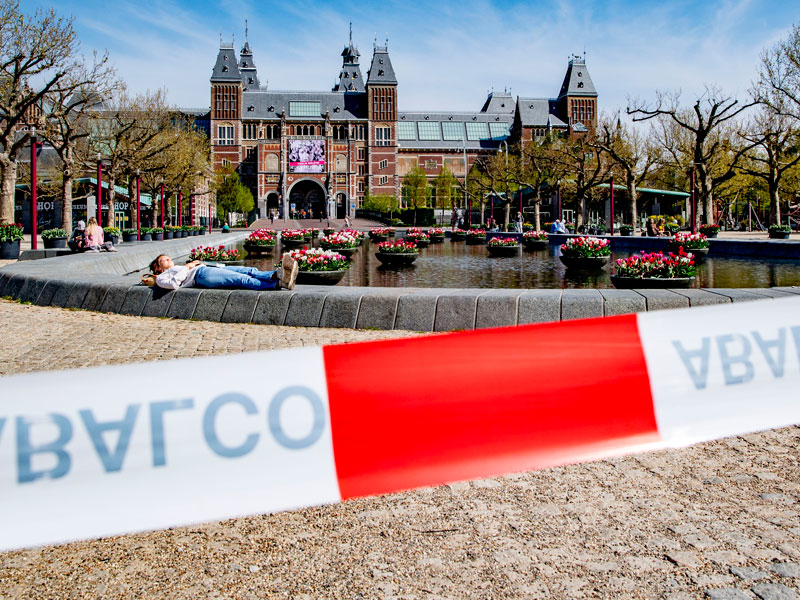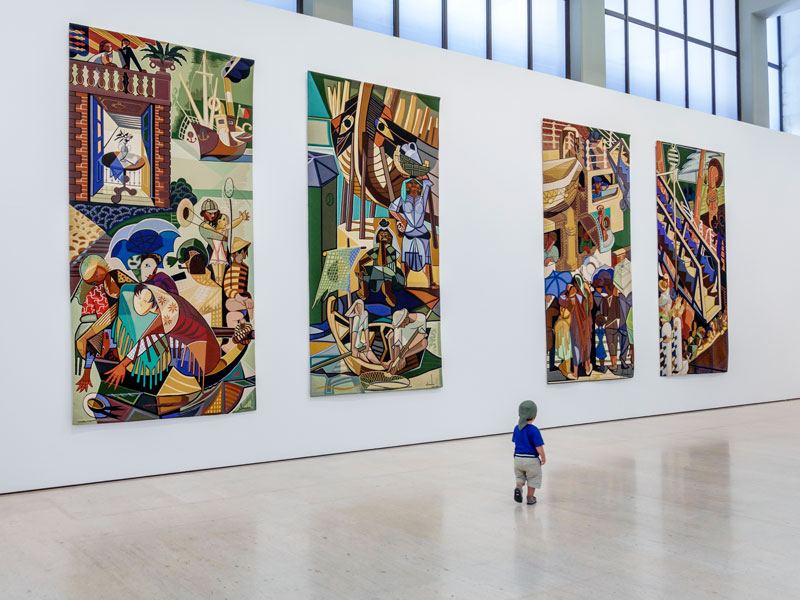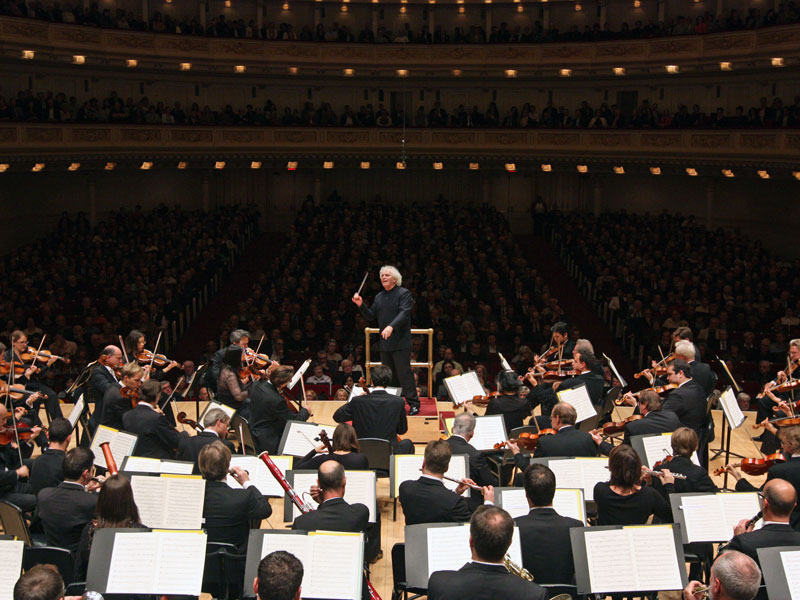
Theatres, museums, art galleries and the like operate on a business model that depends on getting as many people through the door as possible. It’s a strategy that has become unworkable amid government measures to slow the spread of COVID-19. With people being advised to avoid unnecessary travel and practise social distancing, most cultural institutions have been left with little choice but to close their doors.
But the creative sector has not taken the disruption lying down – unsurprisingly, it got creative instead. Digital technologies allow institutions to share their exhibits and performances remotely, ensuring the pandemic does not create a complete cultural void. Visiting museums and galleries may not be deemed essential during a health crisis, but it is essential that they are still around when life returns to normal.
Culture can enrich the mind, provide some form of escapism or simply entertain
One door closes
The coronavirus pandemic did not give cultural institutions much time to prepare for what was to come. Summer programmes were in place and tickets had been sold when governments around the world suddenly gave the order that citizens would only be able to leave their homes for a limited number of essential activities, cultural enrichment not being one of them.
But it did not take long for institutions to realise that, even if they could not admit visitors in person, they could remain in their thoughts. In Portugal, for example, the Calouste Gulbenkian Museum in Lisbon’s Avenidas Novas district allows anyone with an internet connection to take a virtual tour of one of the largest private art collections in the world. Virtual visitors can experience 6,000 or so pieces from antiquity and gaze at artwork by the likes of Rembrandt and Monet, or enjoy a huge collection of Portuguese art.
A press release by the Portuguese tourism board explained: “In Portugal, while visiting in person may not be possible, some of the most stunning museums, galleries and attractions have fully immersive experiences to allow tourists to take virtual tours, bringing the magic of the historically inspiring visuals to life in the safety of your home. Perfect for the whole family to enjoy, learn and be amazed, everybody will have the opportunity to see some of the most prestigious periods in Portugal’s esteemed history, which sets it apart from the rest.”

Museum, Lisbon
Cultural institutions in other European countries have implemented similar measures. The Berlin Philharmonic has opened a Digital Concert Hall, which includes a host of live shows and archive performances from the past six decades. The Bavarian State Opera has similarly made many performances available online, while Art Basel’s Online Viewing Rooms were so popular when they launched in April that the website briefly crashed. With many trapped at home, the demand for culture has not gone away – it may even have grown. Institutions must find of way meeting this.
Good in a crisis
While museums and galleries may not seem so important when a pandemic is sweeping across the planet, most would agree that they are worth preserving. Enforced closures are causing huge financial problems for many institutions that had expected revenue streams to carry on as normal throughout 2020.
In many countries, government support has been offered to keep the culture sector afloat. In Sweden, for example, SEK 500bn (€46.91bn) has been set aside to support organisations, regardless of size, that have been affected by restrictions on public gatherings. Likewise, in Germany, €50bn is available in the form of grants and loans to help small businesses and freelancers in the cultural space.
“The creative courage of creative people can help to overcome the crisis,” Germany’s culture minister, Monika Grütters, said when announcing the support package. “We should seize every opportunity to create good things for the future. That is why the following applies: artists are not only indispensable but also vital, especially now.”
Using artwork, theatrical shows and musical performances to reach individuals trapped indoors is hugely important. Culture can enrich the mind, provide some form of escapism or simply entertain. It is important today, but it will also remain so in the future. And now, providing digital experiences may enable institutions to capture a new audience – individuals that perhaps have not been to an opera or a ballet before but who might discover a new passion for it. These individuals could help assuage financial challenges when visitors can be admitted once more.
Not the real deal
The coronavirus has undoubtedly accelerated the adoption of digital tools within the cultural sector, but the movement has deeper roots. Back in 2011, Google Arts and Culture was launched as an online platform providing high-resolution images and videos of cultural items in partnership with organisations all over the world. Following the outbreak of COVID-19, the platform has seen a marked increase in visitors, with its Once Upon a Try exhibition – which utilises 360-degree videos and augmented reality to teach users about topics from aviation to X-rays – proving particularly popular.

“Before COVID-19, the digital space was almost always treated as an afterthought for expanding an audience beyond the reach of physical spaces,” digital strategist JiaJia Fei told The Guardian. “Now that physical spaces are no longer the priority, the cultural sector is rushing to adapt events, exhibitions and experiences for an entirely digital-first audience. For digital innovators, this is our moment to push the limit of our creative and technical vision, and a chance to openly experiment. For everyone else, it’s a crash course in digital marketing triage.”
However, not every cultural institution is prepared to shift online. According to Axiell, a technology group that focuses on the cultural sector, 40 percent of professionals working in collections institutions worldwide want to digitalise their entire collection, while 69 percent have ambitions to digitalise more than half. In spite of this, only 16 percent feel that they will achieve their digital aims within the next five years.
Putting cultural artefacts online requires a certain level of technical skill and, often, significant financial resources to ensure that exhibits are presented in a high-quality manner. At a time when revenues have dried up, many institutions may not be able to afford to invest in new digital solutions. But those that do not adapt risk falling behind more agile competitors, remaining forgotten even once they are allowed to reopen their doors.
Institutions that are struggling to adapt to a digital-only cultural sector should remember, however, that there is no substitute for first-hand experience: looking at an artwork through a computer screen is not the same as standing in front of it, nor is listening to classical music through a set of headphones equal to hearing it performed live. But doors will open again, and people’s appetite to watch, listen, laugh and cry will remain. As COVID-19 gives us all reason to reflect on what’s really important, the popularity of cultural institutions has remained strong – albeit in a more socially distant format. Art and culture may have been put on hold, but they will certainly be back.

